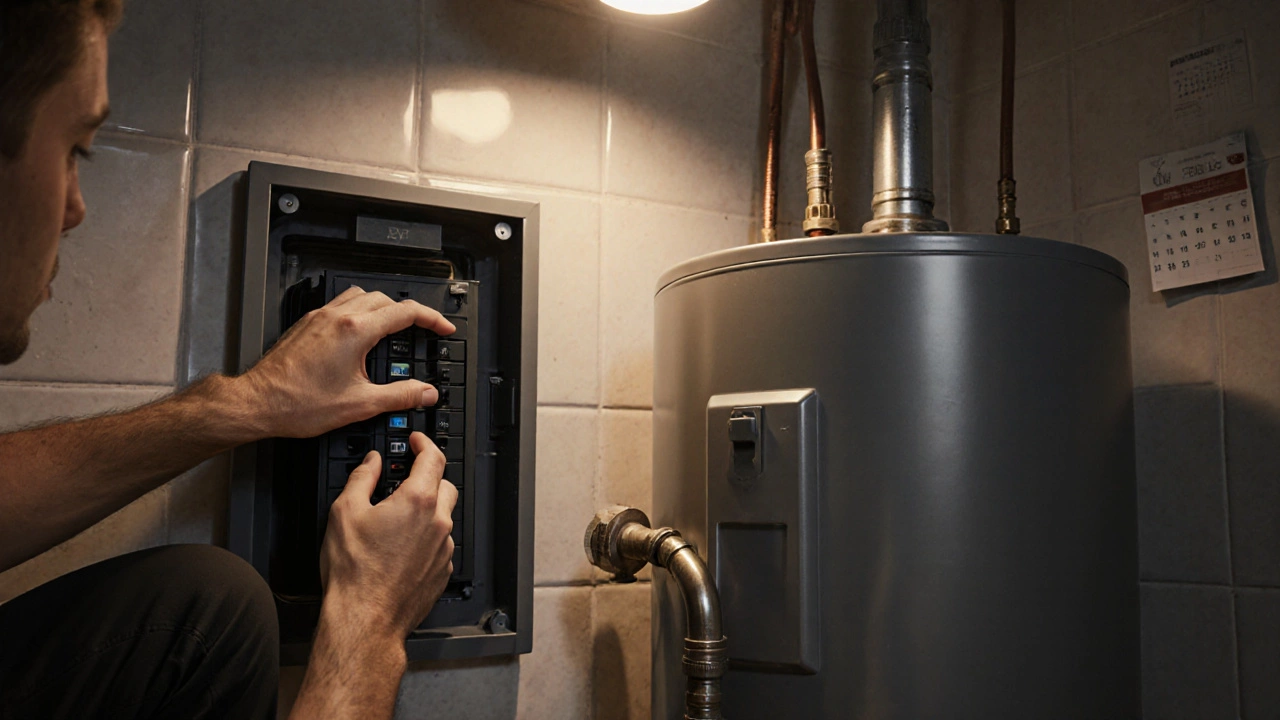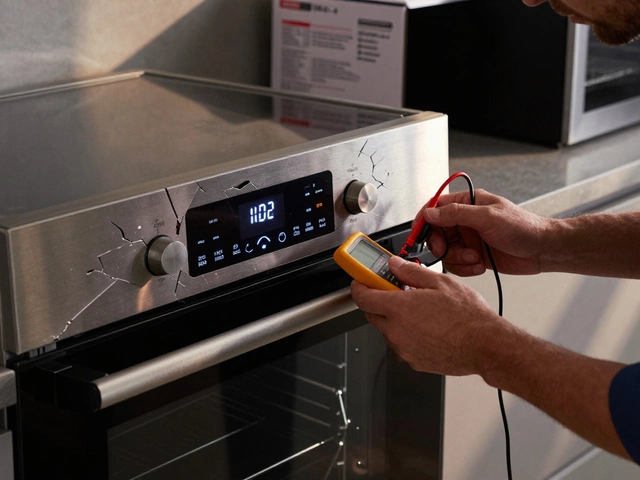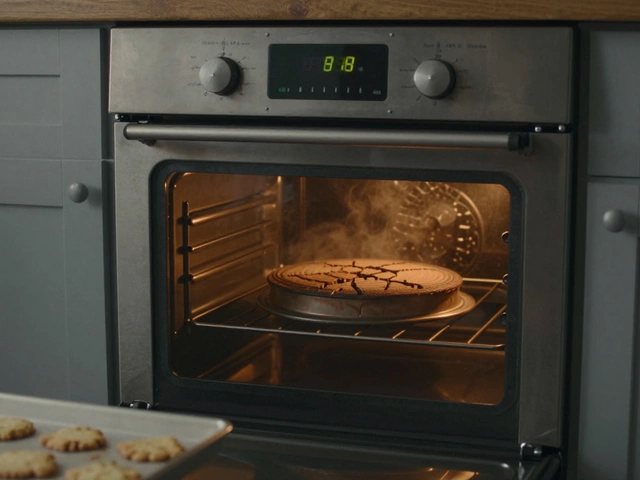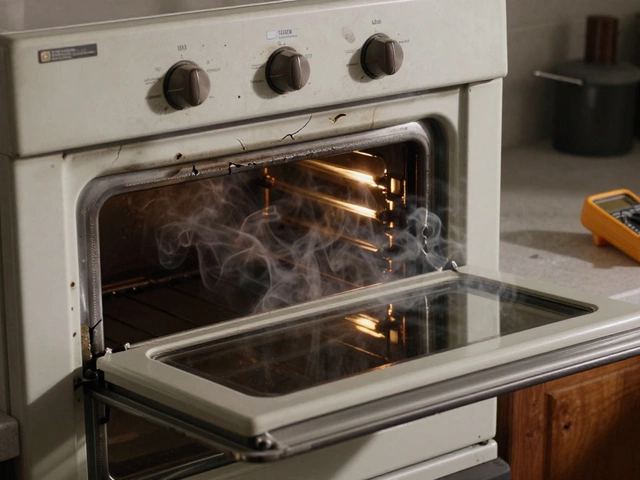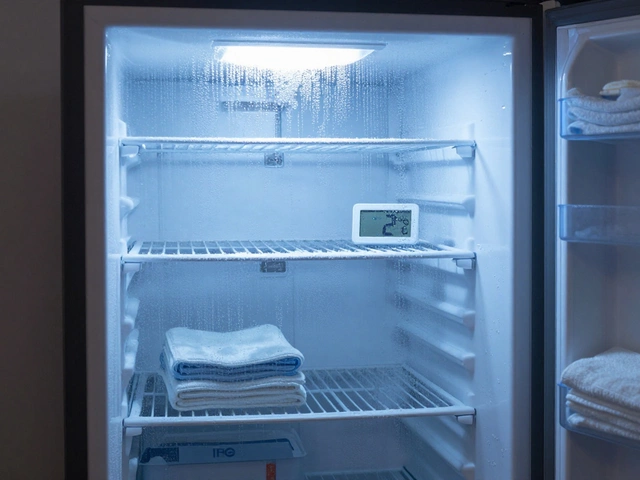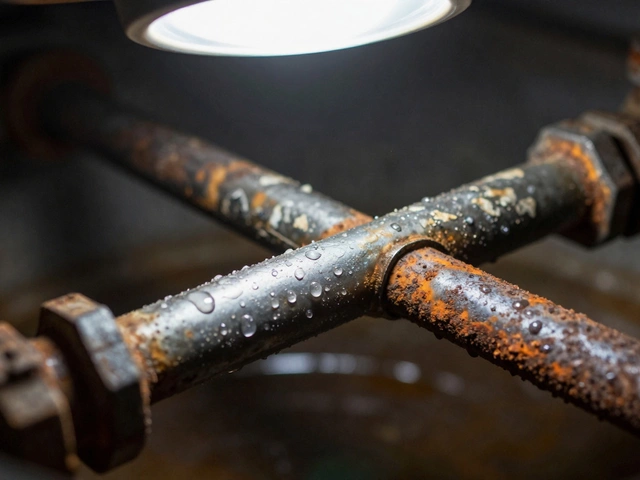Water Heater Check – Quick Guide
When working with Water Heater – a unit that heats and stores water for household use. Also known as hot water tank, it supplies instant hot water to taps, appliances and showers. Water heater performance hinges on a few key parts: the thermostat, heating element, and the vent system. A regular check catches wear before a cold‑water surprise hits you mid‑shower.
First, locate the boiler – the heat source that often powers a water heater in many homes. If the boiler is struggling, the water heater may not reach the set temperature. Turn the boiler off, let it cool, then inspect for rust, leaks, or unusual noises. A humming boiler usually means the burner is firing correctly; silence may signal a blocked fuel line or a faulty ignition.
Next, consider whether you have a heat pump – an energy‑efficient system that extracts heat from the air to warm water. Heat pumps can boost water heater efficiency, but they also add layers of control. Check the outdoor unit for debris, verify the refrigerant lines are intact, and confirm the pump’s thermostat is synced with the water heater’s own controls. If the pump’s output drops, you’ll notice longer wait times for hot water or a lower temperature overall.
Why a Regular Check Matters
Skipping inspections saves time now but costs more later. A failing thermostat can cause the heater to overheat, risking pressure buildup and a potential leak. Likewise, a cracked dip tube will mix cold inlet water with hot water, giving you lukewarm showers. By testing the pressure‑relief valve, you ensure safety compliance and protect the tank from dangerous pressure spikes.
Run a simple temperature test: fill a bucket with hot water from the tap, measure with a kitchen thermometer, and compare to the heater’s set point (usually 120‑140°F). A difference of more than 10°F suggests the heating element or thermostat needs attention. While you’re at it, scrape off any mineral buildup around the element—hard water deposits are a common cause of reduced heating efficiency.
Don’t overlook the anode rod. This sacrificial metal piece attracts corrosion, protecting the tank’s interior. If the rod is more than 75% consumed, replace it to extend the heater’s life by years. The process is quick: drain a few gallons, unscrew the rod with a socket, and slide in a fresh one.
Finally, inspect the insulation blanket. A missing or damaged blanket lets heat escape, forcing the heater to work harder and raising energy bills. Secure loose blankets with metal straps and replace any torn sections.
After you’ve completed these steps, turn the power or gas back on, restore water flow, and listen for any abnormal sounds. A steady, low‑pitch hum usually means the heater is back in business. If you still experience cold spots, it may be time to call a professional for a deeper dive.
Now that you know what to look for, you can move on to the detailed articles below. They cover everything from troubleshooting a no‑hot‑water shower to resetting a water heater safely, plus tips on when to repair versus replace. Dive in to keep your hot water reliable and your energy bills in check.
10 October 2025
·
0 Comments
Learn step‑by‑step how to test a water heater, spot common faults, and decide when to call a pro. Simple checks, safety tips, and maintenance advice all in one guide.
Read more

